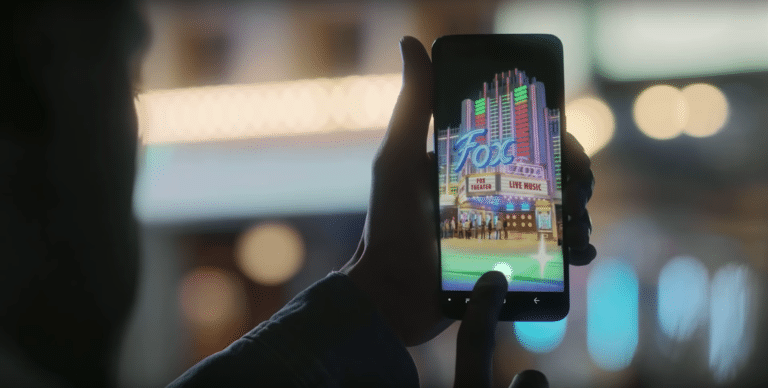
This is Why the Future of Augmented Reality is Interactive
The right combination of utility and fun can unlock branded AR
by Alejandra Rojas
Brand storytelling works….when done right. It makes users feel identified, and drives them to choose a brand above its competitors. But nowadays, the problem is how to tell these stories to convert users. The answer:
Interactivity is key to changing consumers’ attitudes and behavior towards products.
We’re Tired of Usual Content.
Brands are reaching a point where consumers can completely ignore them. We’re all tired of being interrupted by an ad on YouTube. And many consumers don’t even watch TV anymore. We’ve developed an ability to scroll so quickly on social media that we don’t see promoted posts’ details. This is from a Millennial point of view. Now imagine how Gen Z and following generations will continue this trend of heightened expectations.
Platforms use new technology and psychological principles to catch our attention because it’s getting harder and harder to do so. We live in the attention economy, where brands’ greatest achievement is to capture attention and keep it. This can be either a problem or an opportunity for brands. How do you effectively tell stories, be heard, and actually make users spend money? Engagement is the key. Everybody’s looking to engage with customers. This sounds obvious, but how is it actually done as attention-economy competition ratchets up?
Will Gen-Z Be the AR Generation?
Interactivity is the Answer
Interactivity means two things, which can influence each other. By letting users interact with content, it becomes more memorable and engaging. This boosts the key brand marketing metric of brand recall: when consumers remember your brand at key buying-decision moments. So interactive content generates better business results than passive content as we’ll get into shortly.
You might think interactive just means letting users click, like, leave a comment, or subscribe via email. But that won’t get you the kind of results that branded AR can achieve.
We Need a New Type of Interaction
AR is a unique medium because it’s natively interactive. Unlike video, the consumer controls the camera by moving their smartphone to discover a more multi-dimensional experience. Therefore, AR is a medium to create stories together with the user, not for the user. It can produce the highest level of user engagement when done right.
In fact, AR experiences can generate almost double the levels of engagement than non-AR ones. According to Mindshare Media, AR can lead to attention levels that are 45 percent greater than online browsing.
Then, we can say that AR content only makes sense when it’s interactive. Why? Because if it’s just another piece of information that needs no response from the user, it becomes no better than a banner or Facebook ad.
The interaction between users and AR content boosts engagement through a combination of utility and fun. To truly engage and tell a story at the same time, AR content needs to be dynamic and give something back to the users. Here’s when having a gamification approach can be a good idea. Adding game elements such as rewards, achievements, narratives, personalization, etc., can make the interaction both useful and fun.
For an example of personalization, studies have shown that AR try-ons for glasses and cosmetics helped generate positive emotions and online purchases. NielsenIQ reports that more than half of global consumers are willing to try AR to evaluate products and services. Indeed, in these pandemic times, it might be a good idea to introduce a way for consumers to achieve life-like product dimension remotely and safely.
Camera Commerce: AR Monetization Materializes
Key Elements for Interactive AR
The degree to which consumers feel control and enjoyment when interacting with AR is key to influencing their attitudes and behavior towards a given brand. The point is to make them feel that they’re not just being bombarded with advertising in a traditional sense, but rather empowered to control their experience.
Beyond the utility and fun that flows from that level of control, users can be inspired. In the end, behavioral inspiration (being inspired-to do something) is what matters most when it comes to AR-fueled brand stories. It’s time to create experiences that inspire users to take action: to not just be inspired-by, but inspired-to.
 Alejandra Rojas is Content Creator at Hololink.
Alejandra Rojas is Content Creator at Hololink.






